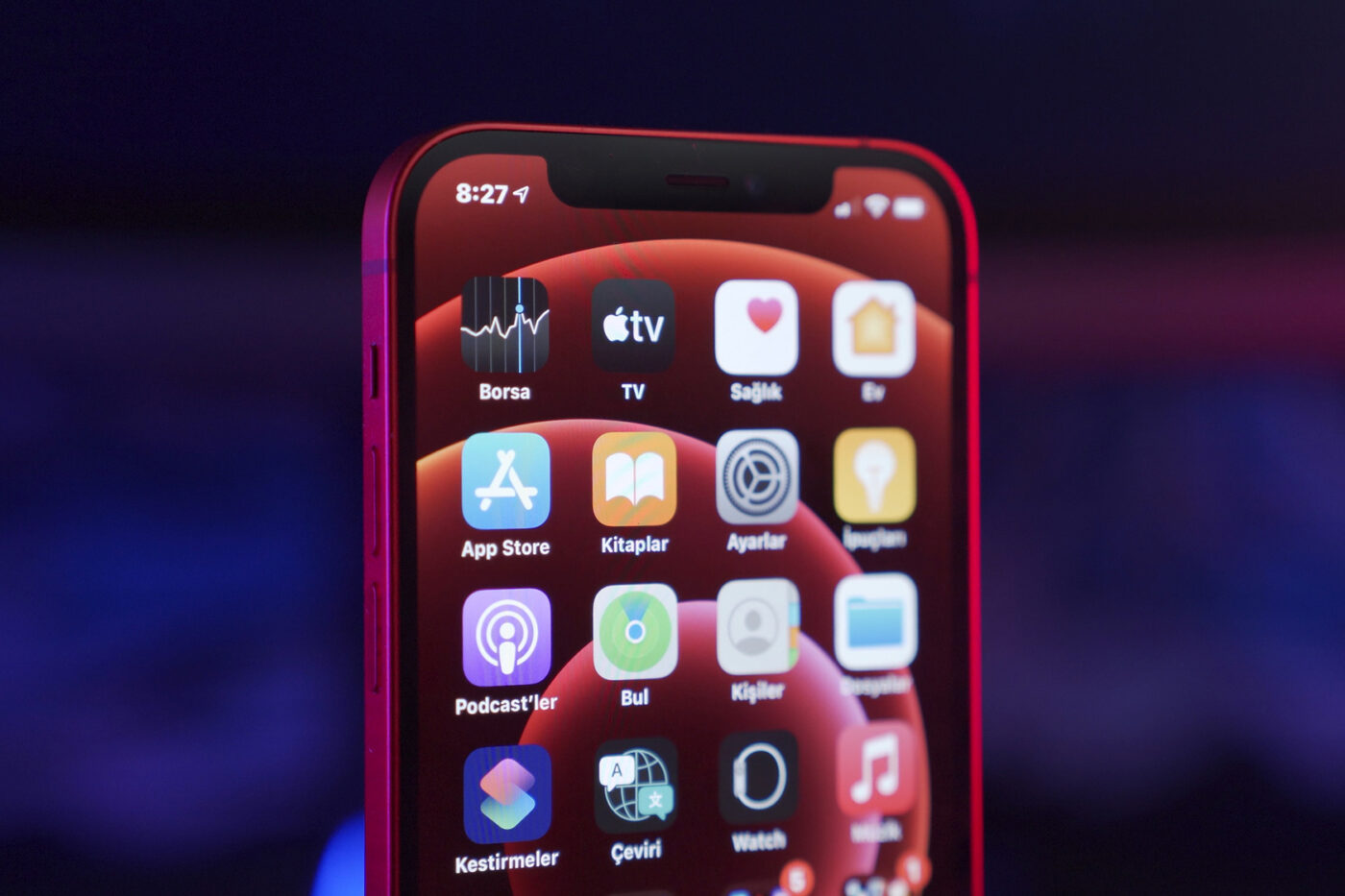This past September, Apple unveiled its newest mobile operating system, iOS 14, ahead of the iPhone 12 release, with new features designed to increase consumer privacy. According to AppsFlyer, as of October of 2020, nearly 41% of Apple users were using iOS 14, and this number is expected to continue to increase. While this change was created with a focus on consumer privacy, the implementation of this new iOS is expected to rapidly alter the marketing ecosystem as well.
What is IDFA?
The most pertinent change for marketers with iOS14 is centered around app tracking. Starting in early 2021, app developers will be required to request permission to track the user. This answer will dictate whether their Identifier for Advertisers (IDFA) is shared. The industry estimates that most users will opt out of ad tracking when prompted. iOS 14 also rolled out Safari’s Intelligent Tracking Prevention (ITP), which will tell users who they are being tracked by and what is being blocked. IDFA also allows these platforms to set frequency capping, attribute app installs, and measure campaign performance, which will be more difficult to track if users zero IDFAs by opting out. IDFA allows for audience segmentation, targeting, measurement & attribution, and privacy settings specific to each user.
Zeroed IDFAs were introduced with iOS 10 back in 2016, and are the result of the user opting out of ad tracking. AppsFlyer reports that prior to the release of iOS 14, the average worldwide rate of devices with Limited Ad Tracking (LAT) enabled was around 24%; the US and Europe had the highest prevalence of LAT devices (30% and 18.3%, respectively). Since the release, the numbers of zeroed-IDFA devices have increased, and now stand at an astonishing 45% of all iOS 14 devices worldwide.
What is AppTrackingTransparency Framework (ATT)?
Rather than offering iOS users the opportunity to opt-out of sharing their IDFA with advertisers in their device settings, the new AppTrackingTransparency framework (ATT) requires users to actively opt-in to IDFA collection when using the app.The AppTrackingTransparency framework presents an app-tracking authorization request to the user and provides the tracking authorization status.
Users that had turned on Limit Ad Tracking previously would automatically be converted to ATT-negative users, maintaining their status of sending a zeroed IDFA to advertisers. Industry experts anticipate the volume of zeroed IDFA devices to stay constant.
How Will iOS 14 Affect Digital Marketers?
The two immediate areas that are affected within digital marketing as it pertains to iOS 14 would be within Campaign Measurement/Attribution, and Media Planning/Activation.
In terms of campaign measurement and attribution, iOS 14 will severely hinder the ability to track precise locations. Users will have a choice between sharing precise location or approximate location on an app-by-app basis. For users that select approximate location, tracking and analysis of in-store foot traffic will be affected.
Tracking most website actions won’t change, but individual channel attribution will. Last-click attribution may be one of the only reliable attribution models remaining, seeing as visibility into earlier steps of the user journey will be deteriorating. There is also an implication that in terms of website traffic, the amount of “new” users may increase, though many of these may actually be returning users that cannot be separated from uniques.
With third party cookies and IDFA as additional layers of data, publishers and app developers that fail to offer advertisers targeted solutions will struggle to maintain ad sales growth. While this poses a threat for advertisers and available audiences, there is existing pressure on suppliers to either build contextual adjacency, or custom audiences built off of existing first-party data.
This will also have impact on reach and frequency management, as there will be less visibility into initial and subsequent touchpoints, if users do not opt in. Suppliers will need to look into alternative solutions for frequency capping. The Trade Desk, for example, will be deploying Cookieless Frequency Capping in August, which offers the ability to frequency cap campaigns via the use of cohorts.
As cookies expire, this will introduce challenges for advertisers and suppliers alike to push for user opt-ins, though advertisers with robust first-party data will be in an advantageous position. While the immediate impact will likely be felt within measurement and media planning, the industry will define a new process and redefine digital media placements. As the updates connected to iOS 14 are already going into effect, advertisers’ solutions will need to shift toward people-based and privacy-centric initiatives immediately.
Looking for ways to reach your target audience, despite these increasing privacy restrictions? Try geotargeting and geofencing, or contact us to connect with one of our campaign specialists who will help you develop a strong campaign strategy utilizing your own first party data.
By: Tyler Kappen, AUDIENCEX Digital Strategy Manager
Get the Guide: 5 Steps to Prepare for the Loss of Third-Party Cookies
In preparation for what’s to come, we’ve created a guide with 5 ways to plan your programmatic advertising strategy without the use of third-party cookies.
Fill out the form below to download the guide.

